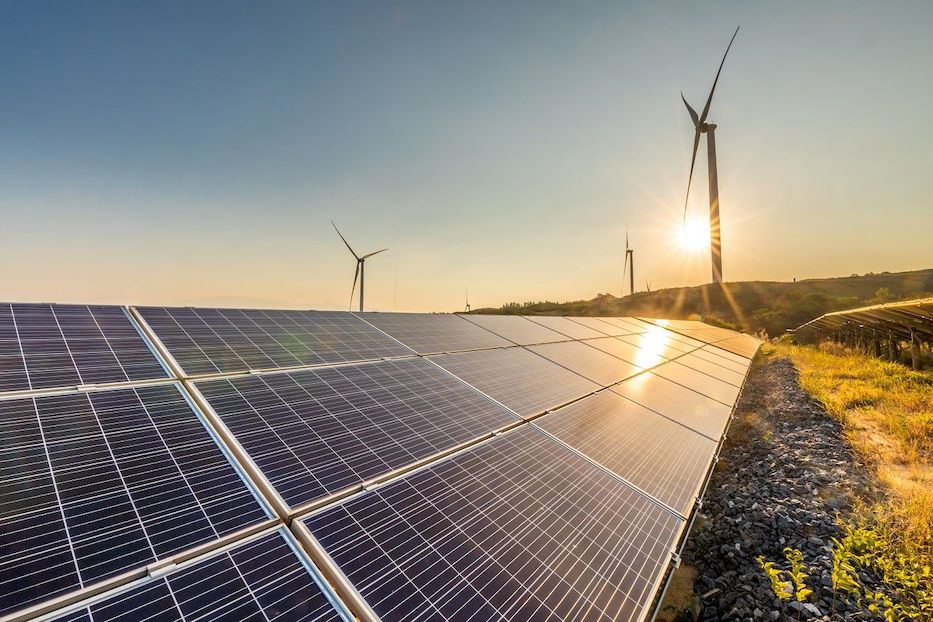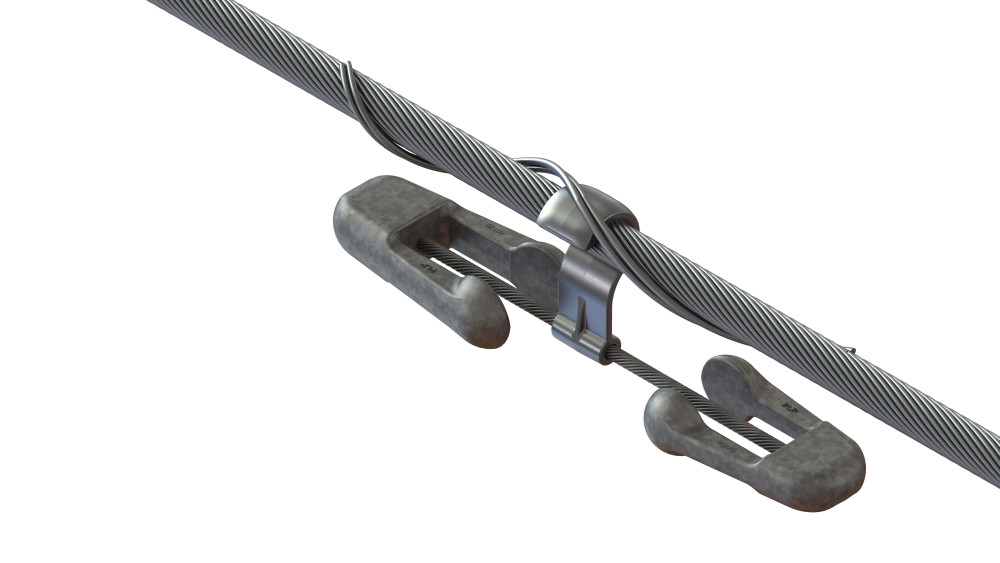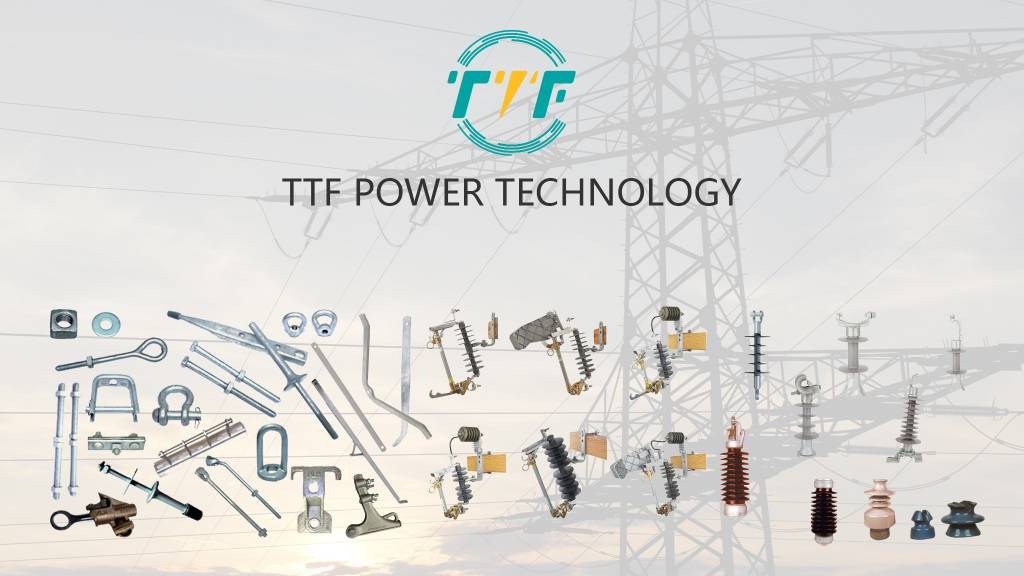
Modernizing the energy sector in Peru is crucial for sustainable development, economic growth, and environmental protection. Peru can leverage its abundant natural resources to modernize and upgrade its energy sector. This includes prioritizing renewables, improving infrastructure, and ensuring fair access. These efforts aim to meet the increased clean energy demand and reduce greenhouse gas emissions. Peru’s shift towards renewable energy like solar, wind, and hydro can enhance energy security and reduce vulnerability to fuel prices. Modernizing Peru’s energy grid with cleaner technology helps meet its climate commitments. This helps reduce carbon emissions and deforestation. Through increased investments in modern energy infrastructure, Peru can create jobs in engineering, construction, and maintenance. This results in improved economic competitiveness. Additionally, incorporation of smart grids, energy storage, and digital monitoring can improve reliability, reduce losses, and integrate intermittent renewables. Stockbridge dampers improve the reliability and efficiency of the transmission and distribution infrastructure.
Stockbridge dampers are installed on overhead power lines to reduce vibrations caused by wind and galloping. The dampers help prevent conductor fatigue and breakages to reduce power outages. Stockbridge dampers increase the lifespan of transmission cables and towers. This reduces maintenance costs and unplanned downtime. This is crucial as Peru aims to improve long-term reliability. These dampers ensure stable power flow by preventing excessive conductor oscillations, which is crucial for connecting remote renewable projects. They also help maintain grid stability by preventing line failures during high winds. Their installation aligns with Peru’s need for affordable, incremental grid improvements.
Stockbridge dampers in modernizing Peru’s energy sector
Stockbridge dampers are mechanical vibration absorbers attached to overhead power lines. They mitigate aeolian vibrations, low-amplitude, high-frequency oscillations caused by wind. Vibrations can lead to conductor fatigue, broken fittings, line sagging, and structural failures. Stockbridge dampers enhance the reliability, durability, and safety of its expanding power transmission infrastructure. Here are the functions of the dampers in Peru’s expansion goals.

- Expanding high-voltage transmission lines—Peru’s modernization efforts include long-distance transmission lines to integrate new renewable energy plants. Stockbridge dampers ensure the long spans remain stable and efficient to reduce the risk of outages due to mechanical fatigue.
- Enabling renewable energy integration—Stockbridge dampers maintain the tension integrity of conductors exposed to constant coastal winds. They also reduce maintenance costs and unscheduled downtime.
- Improving grid reliability—the dampers are able to withstand diverse environmental conditions to stabilize Peru’s growing grid. A resilient grid is crucial for rural electrification and industrial power supply.
- Extending infrastructure lifespan—Stockbridge dampers increase the lifespan of transmission cables and towers. They reduce maintenance costs and downtime.
Strengthening transparency and competition through Peru’s resilient energy sector
A resilient energy sector lays the foundation for transparent governance, fair competition, and inclusive economic growth. As Peru continues building resiliency, it will create a cleaner, more efficient, and fair system. Investors, consumers, and communities will enjoy these efforts. Peru can create an energy sector that’s strong, sustainable, fair, transparent, and dynamic. Stockbridge dampers enhance transmission reliability, reduce outages, and support renewable energy expansion in Peru. Here’s how a resilient energy sector strengthens transparency and competition in Peru.

- Improved transparency—a resilient energy system uses digital technologies like smart meters and real-time monitoring platforms. These enable accurate tracking of energy generation, usage, and losses. They also enable public access to performance data and transparent billing. For instance, smart meters allow consumers to track their own usage.
- Reduced corruption and regulatory capture—a resilient energy system reduces corruption. This leads to fair procurement processes for energy projects, transparent allocation of subsidies, and enhanced oversight of infrastructure contracts. A digitalized grid can flag anomalies automatically in energy flows.
- Local and decentralized markets—resiliency includes mini-grids, off-grid solutions, and distributed renewable energy systems. Localized systems reduce dependence on centralized authorities, empower local entrepreneurs, and promote price transparency.
- Lower energy costs—a resilient energy sector reduces outages, technical losses, and maintenance delays. This reduces the cost of energy delivery to allow energy providers to compete on price and service quality.
- Increased investments—increased resilience in energy systems encourages public utilities, private firms, and foreign investors to take part in energy generation and distribution. A stable system allows investors to have equal access to infrastructure and markets, and no single operator can monopolize grid access.